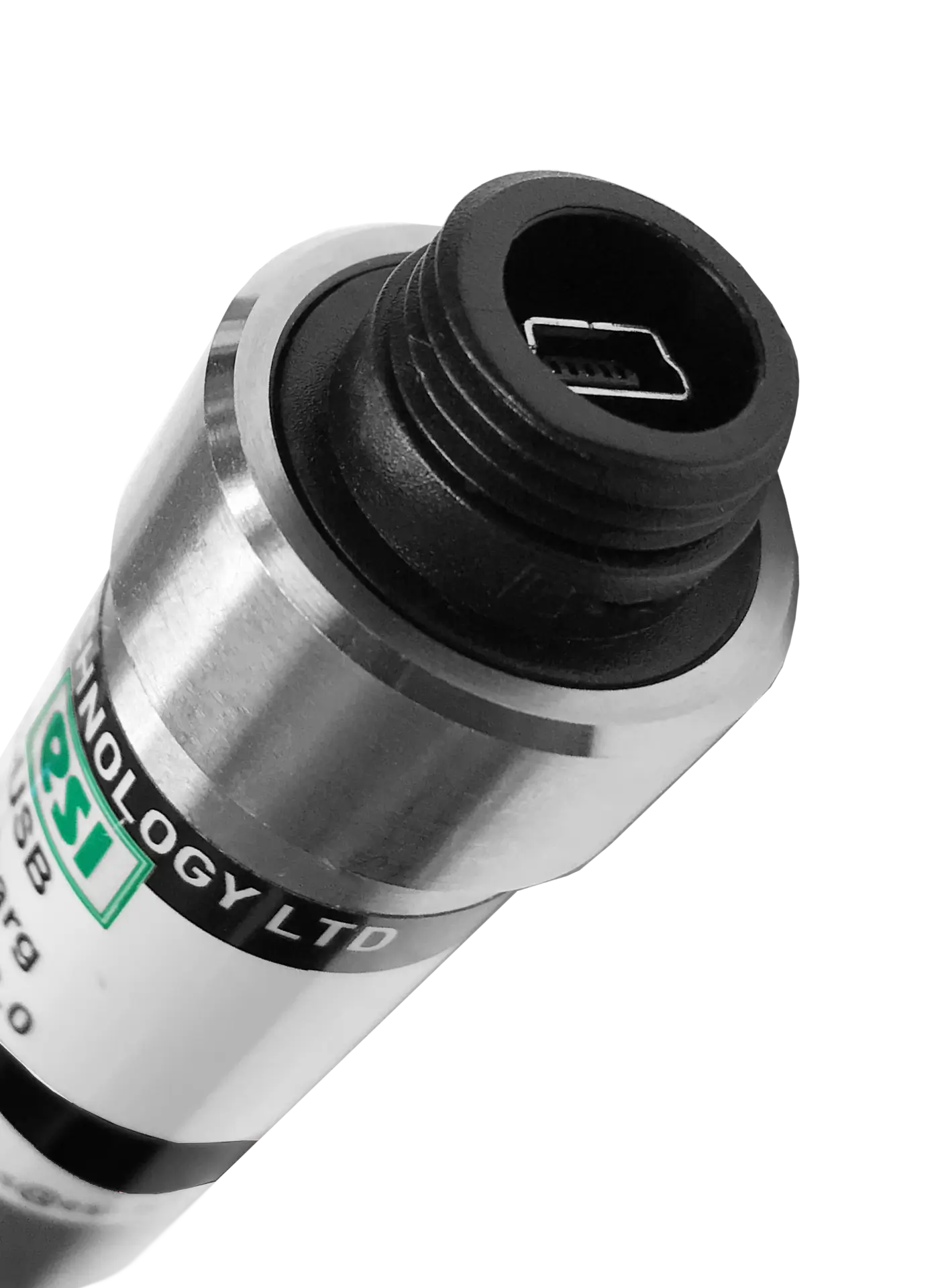Our Unit Converter
The ESI Unit converter allows you to quickly and easily access a conversion tool to work out your preferred unit of pressure measurement wherever you may be. Whether out on-site or in the office.

Download the ESI-USB© Software
The ESI-USB© software allows you to connect your ESI transducer to your laptop or PC and be up and running monitoring pressure data within ten minutes. The software auto-updates and is compatible with Windows 8, 10 & 11.

Does the Pressure Equipment Directive Apply to Pressure Transmitters?
The Pressure Equipment Directive (PED) 2014/68/EU plays a vital role in ensuring the safety of pressure-related equipment across the European Economic Area (EEA). But does the Pressure Equipment Directive apply to pressure transmitters? It’s a common question!
The answer is… it depends.
Let’s explore this further.
________________________________________
What Is the Pressure Equipment Directive (PED)?
The Pressure Equipment Directive (PED) 2014/68/EU is a key piece of European legislation designed to ensure the safe design, manufacture, and operation of pressure equipment across the EEA. Its main goal is to minimise the risk of accidents caused by pressure-related failures — incidents which can lead to serious harm to people, damage to property, and wider environmental consequences.
Key Objectives of the PED:
- To harmonise safety standards for pressure equipment across EU member states
- To facilitate the free movement of compliant pressure equipment within the internal market
- To establish a framework for conformity assessment, CE marking, and manufacturer accountability
What Kind of Equipment Is Covered?
The PED applies to equipment and assemblies operating with a maximum allowable pressure (PS) greater than 0.5 bar. This includes:
- Pressure vessels – containers for gases or liquids under pressure
- Steam boilers and hot water boilers – commonly used in heating systems, power generation, and industrial processes
- Piping systems – which carry pressurised fluids, gases, or vapours
- Safety accessories – such as pressure relief valves, burst discs, and pressure switches
- Pressure accessories – devices like filters, separators, or pressure transmitters (when they form part of the pressure system)
The directive applies whether the pressure is internal or external, and regardless of whether the contents are gas, liquid, steam, or a combination of these.
Who Must Comply?
While the PED places primary obligations on manufacturers, it also applies to importers, distributors, and in some cases, end users. Anyone placing pressure equipment on the EU market must ensure the product:
- Is designed and manufactured in accordance with essential safety requirements
- Undergoes the correct conformity assessment procedures, based on its classification
- Is accompanied by a Declaration of Conformity and displays the CE marking
Risk Categorisation
The PED classifies equipment into Categories I to IV based on risk. The level of conformity assessment required increases with the potential hazard and is determined by:
- Maximum allowable pressure (PS)
- Volume or nominal size (DN)
- Fluid group (Group 1: hazardous; Group 2: non-hazardous)
- The state of the fluid (gas or liquid)
The higher the category, the more stringent the requirements for design verification, testing, and certification.
________________________________________
What About Pressure Transmitters?
Pressure transmitters are devices that measure the pressure of gases or liquids and convert this into an electrical signal. They’re essential for process control, safety monitoring, and automation across various industries.
Whether they fall under the scope of the PED depends on how they interact with the pressure system.
________________________________________
When Pressure Transmitters Are Covered by the PED
A pressure transmitter does fall within the PED’s scope if:
- It is directly exposed to the process pressure and forms part of the pressure-retaining boundary
- It operates in systems with pressure exceeding 0.5 bar, particularly with hazardous fluids (Group 1) or high-pressure applications
- It is classed as a “pressure accessory” under the PED — a component with both a pressure-bearing role and an operational function
In such cases, the transmitter must meet the PED’s design and manufacturing requirements and carry a CE mark and Declaration of Conformity.
________________________________________
When Pressure Transmitters Are Not Covered by the PED
Not all pressure transmitters are subject to the PED. The directive may not apply if the transmitter:
- Merely measures pressure and is not part of the pressure-retaining boundary
- Is not directly exposed to process pressure
- Is used in low-risk applications (i.e. where system pressure does not exceed 0.5 bar)
However, exclusion from the PED doesn’t exempt the device from regulation altogether. Other applicable directives may include:
- The Low Voltage Directive (LVD) – for electrical safety
- The Electromagnetic Compatibility (EMC) Directive – to ensure the device functions without interference
- The ATEX Directive – if the equipment is to be used in potentially explosive atmospheres
________________________________________
How to Know for Sure
If you’re unsure whether a particular pressure transmitter is covered by the PED, here are a few steps you can take:
- Check the technical documentation – Does it mention compliance with the PED?
- Look for CE marking – If the PED applies, it will usually be referenced on the declaration
- Ask the manufacturer or supplier – They should confirm whether the product is a pressure accessory under the PED
- Consider the application – Look at system pressure, fluid type, and whether the device retains pressure or not
Example of a Pressure Transmitter That Retains Pressure:
Imagine a pressure transmitter that is directly mounted onto a pressure vessel or high-pressure pipeline via a threaded or flanged connection. The sensing element (such as a diaphragm or pressure sensor) inside the transmitter is in direct contact with the process fluid, and:
- The transmitter has a process connection that forms part of the pressure boundary.
- If the transmitter housing or connection failed, it could cause loss of containment of pressurised fluid.
- It is used in a critical application, such as monitoring pressure in a steam boiler or chemical reactor, where fluid is hazardous and system pressure is > 0.5 bar.
In this scenario, the transmitter is not just measuring pressure — it’s part of the physical boundary holding the pressure in. Therefore, under the PED, it would likely be considered a pressure accessory and must comply accordingly.
And by contrast, here’s when it wouldn’t retain pressure:
If the transmitter is mounted remotely and connected to the pressure source via a capillary line or a non-pressure-retaining sensor interface (like an isolating diaphragm or remote seal), then it is not part of the pressure-retaining boundary. It’s just receiving the pressure signal. In that case, PED probably wouldn’t apply.
Conclusion
The Pressure Equipment Directive can apply to pressure transmitters — but only when they function as a pressure-bearing component within a system. If they simply measure pressure without retaining it, then other directives may be more relevant.
When in doubt, always consult the manufacturer’s specifications and your organisation’s compliance experts to ensure your equipment meets the necessary safety and legal requirements.


